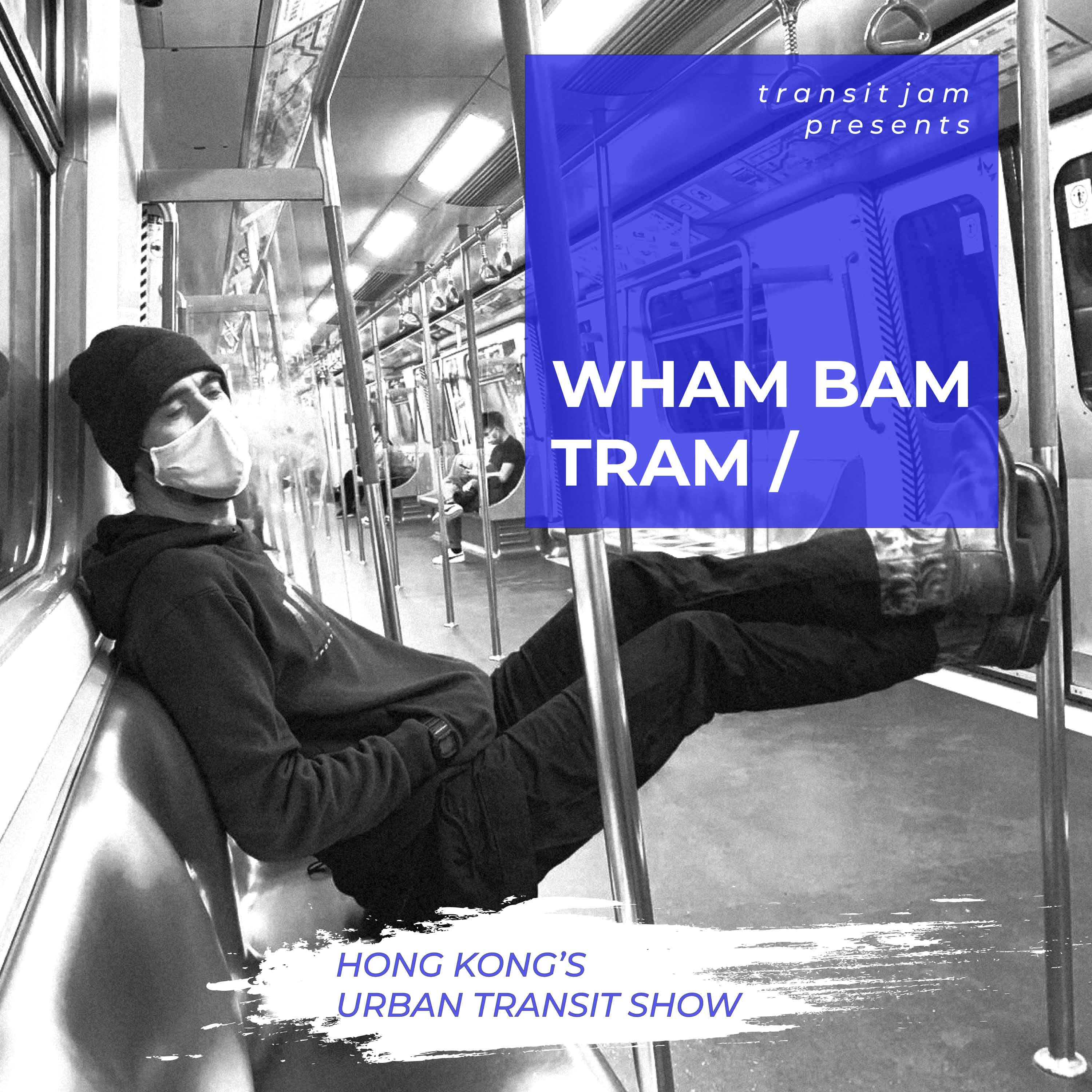
Marketing shot from San Francisco-based scooter company Lime. Scooter users, in reality, are disproportionately rich, white and male, finds the inaugural NABSA “state of the industry” report
Shared micromobility such as e-scooters and shared bikes are disproportionately used by young well-educated rich white men, while the poor, black, female, elderly and less educated are significantly under-represented in the North America user base, according to leading industry association the North American Bikeshare Association (NABSA).
NABSA’s inaugural annual report, Shared Micromobility State of the Industry Report, examined the average amount by which shared micromobility users are over- or under-represented against demographics in their city.
For both shared bikes and shared e-scooters, a pattern quickly emerges. “Compared to the populations of the cities they operate in, shared micro-mobility users are disproportionately young (particularly age 25 to 44), white, male, have higher incomes and have higher levels of education” says the report.
Women, for example, were 22 points under-represented on shared bikes; those with high school education were 28 points under-represented on the same, while those with advanced degrees were 28 points over-represented.
Interestingly, says the survey, “the lowest income bracket (less than US$15,000 per year) is proportionately represented. It is possible that income-based equity programs are contributing to this pattern.”
30 million hours of exercise
But while this skewed user base may give planners and advocates pause for thought, the NABSA report has plenty of good news too.
Over a third of 157 million shared micromobility trips in the USA in 2019 replaced a car trip, with shared micromobility adding 30 million hours of physical activities to North American lives in 2019.
NABSA estimates around 13.1 million hours were added on pedal bikes, 1.4 million hours on e-bikes and 156.2 million hours on e-scooters.
Across the whole US, the average shared micromobility vehicle was used for nearly three trips per service day. “The average trip was 1.3 miles long and lasted for 23 minutes. E-scooters had somewhat higher utilization than bikes, while bikes had longer trip distances and durations,” says the NABSA report.
The report also demonstrates the widespread adoption of the General Bikeshare Feed Specification (GBFS), an open data standard managed by NABSA and MobilityData that enables app-based trip-planning with shared mobility vehicles. “In 2019, 56% of North American cities required GBFS. NABSA will be releasing further education and guidance for municipalities about GBFS later this year,” says NABSA.








Hi James,
Thanks for posting about NABSA’s State of the Industry report for shared micromobility. I wanted to send you a quick note letting you know that the data in the report covers all of North America, not just the United States.
Thanks!
Hi James,
Thanks for posting about NABSA’s State of the Industry report for shared micromobility! I wanted to send a quick note and let you know that the data in the report represents all of North America, not just the United States.
Thanks!
Thanks so much Destinie, corrected!
And sorry for the multiple posts! I was having an issue with WordPress.
I really don’t see why you seem to regard it as axiomatic that the usage of e-scooters and ebikes (and, presumably, the purchase of all goods and services) should be evenly distributed across the population. Could you elaborate on that? Will I (as an old white male) soon be required to attend rap gigs for example?
It’s a good question. Well, first, I’m just reporting the findings. But in my view, it’s an important finding. These services are often managed as public transport, certainly often using public space and public resources, and as such should be as inclusive as possible. If you see these simply as another consumer product, then of course, it’s merely interesting to note the demographics which prefer to use them, but I’d argue they are more “city infrastructure” than a choice of retail product.